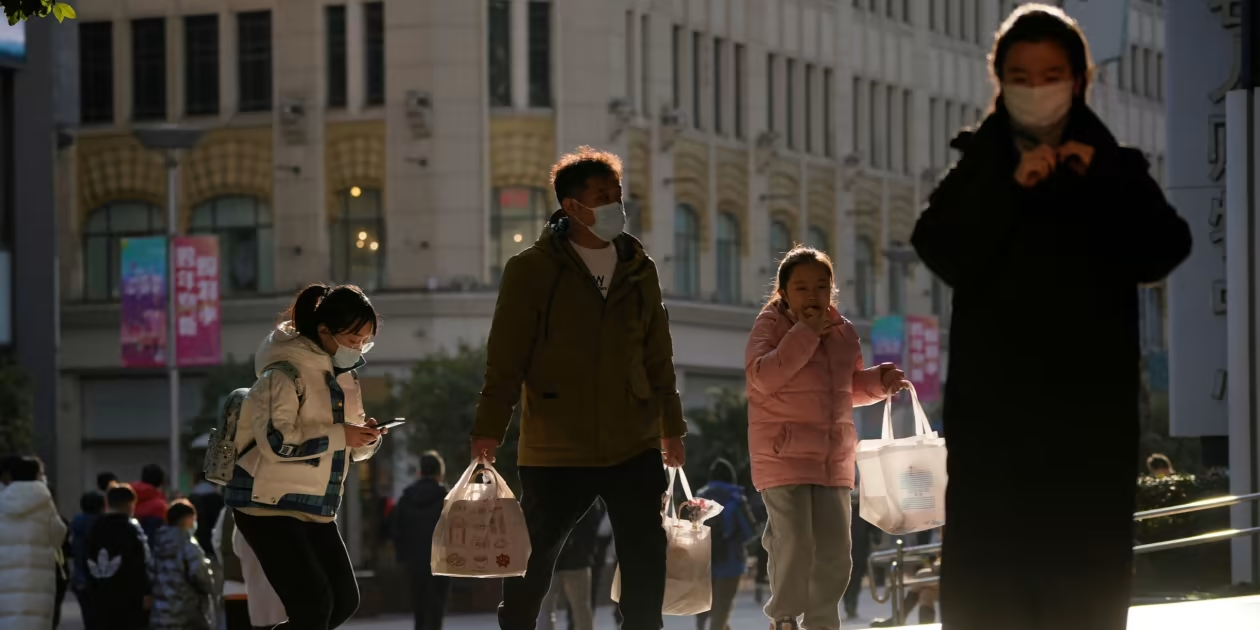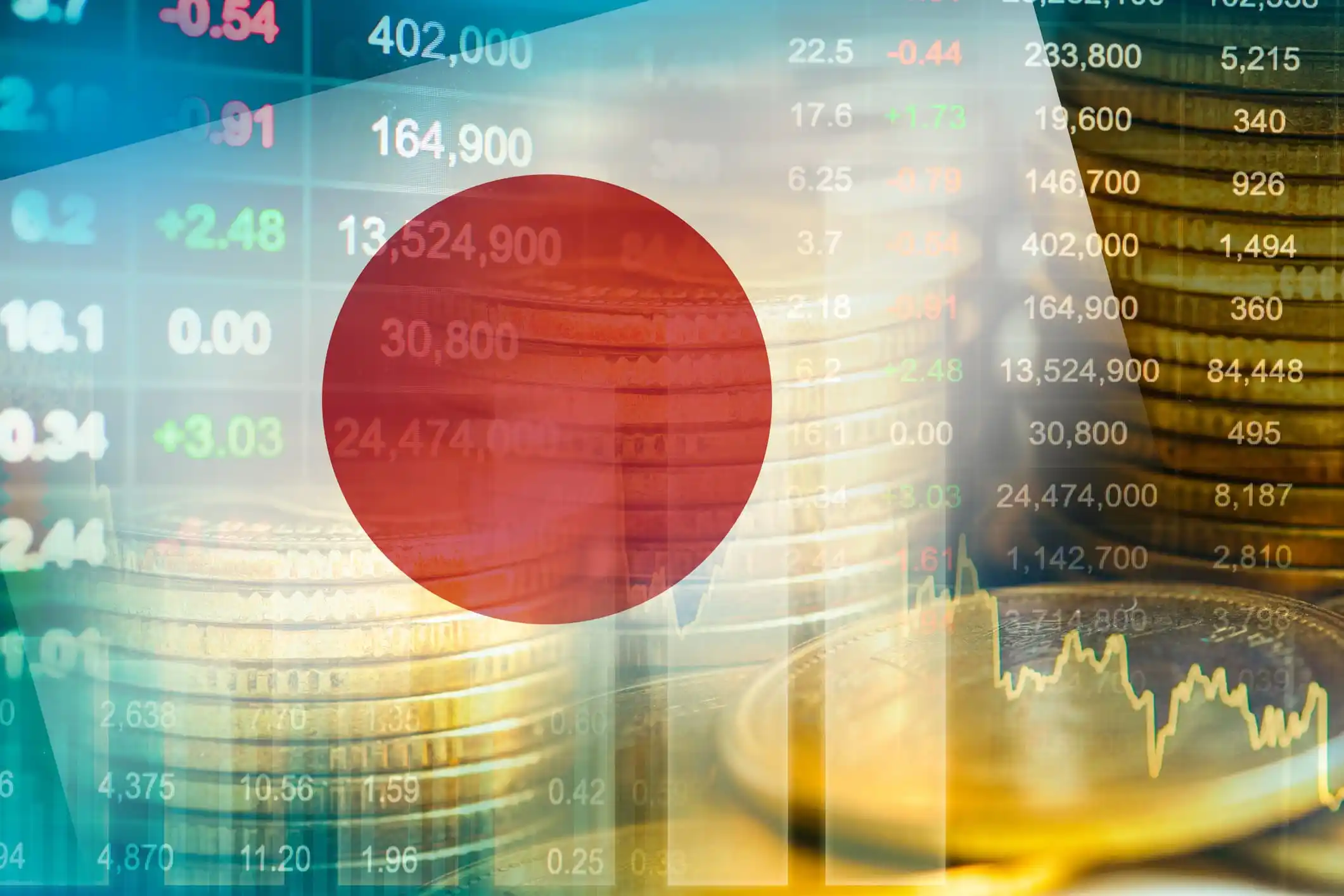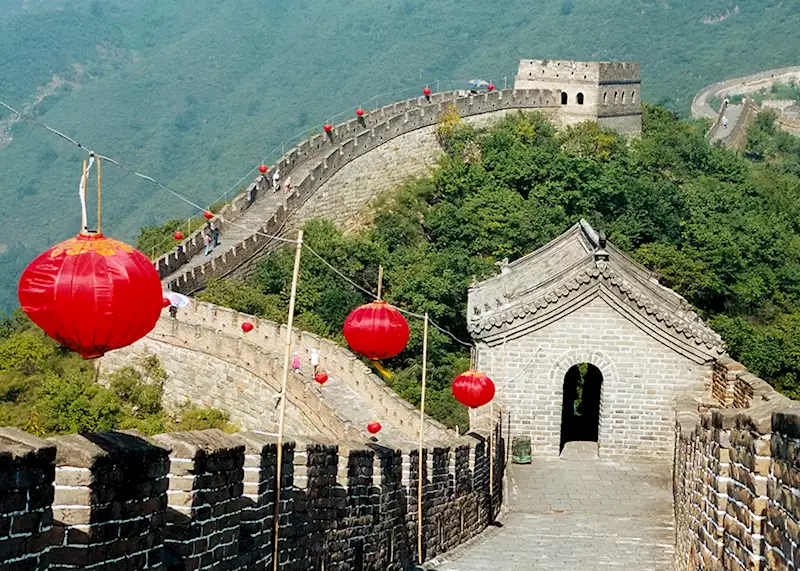China, a global economic powerhouse, faced unprecedented challenges during the COVID-19 pandemic. This comprehensive guide explores the multifaceted strategies and measures undertaken by China for its economic recovery post-pandemic, highlighting key initiatives and the nation's resilience in navigating the complexities of the global economic landscape.
Swift Response and Containment

China's initial response to the pandemic was marked by swift actions and stringent containment measures. The decisive lockdowns, mass testing, and contact tracing helped curb the spread of the virus, laying the foundation for a quicker economic rebound.
Government Stimulus Packages
To counter the economic impact of the pandemic, the Chinese government rolled out massive stimulus packages. These initiatives focused on supporting businesses, ensuring employment, and boosting consumer spending. Infrastructure projects and targeted investments played a crucial role in revitalizing key sectors.
Digital Transformation Acceleration
The pandemic accelerated China's ongoing digital transformation. From e-commerce and remote work solutions to digital health services, the tech sector played a pivotal role in sustaining economic activities during lockdowns and continues to drive innovation in the recovery phase.
Support for Small and Medium Enterprises (SMEs)
Recognizing the importance of SMEs in the economic ecosystem, China implemented measures to support their recovery. Financial aid, tax relief, and streamlined bureaucratic processes were instrumental in helping SMEs weather the economic challenges and contribute to overall economic revival.
Global Trade Reorientation
China strategically reoriented its global trade strategies post-pandemic. The nation diversified its trade partners, explored new markets, and fostered international collaborations. This approach aimed to mitigate risks and enhance the resilience of China's economic ties with the rest of the world.
Healthcare Sector Reinforcement
Building on lessons learned from the pandemic, China reinforced its healthcare sector. Investments in medical research, healthcare infrastructure, and the development of a robust public health system were prioritized to ensure resilience in the face of future health challenges.
Green Initiatives and Sustainability
China's economic recovery post-pandemic has a strong focus on sustainability. Green initiatives, including investments in renewable energy, eco-friendly technologies, and adherence to environmental standards, are not only contributing to a greener economy but also aligning with global sustainability goals.
Consumer Confidence Boosting Measures
Restoring consumer confidence was a key aspect of China's economic recovery strategy. Measures such as cash vouchers, discounts, and promotional campaigns were implemented to encourage spending and stimulate demand, crucial for the revival of various sectors.
Flexible Monetary Policies
China's central bank adopted flexible monetary policies to support economic recovery. Interest rate adjustments, liquidity injections, and measures to ensure financial stability played a pivotal role in providing the necessary economic cushion during the recovery phase.
Investment in Innovation and Technology

Recognizing the transformative power of innovation and technology, China increased its investments in research and development. Embracing emerging technologies and fostering innovation ecosystems are integral to positioning China at the forefront of global technological advancements.
Conclusion
China's economic recovery post-pandemic is a testament to the nation's resilience, adaptability, and strategic foresight. The multifaceted approach, encompassing public health, economic stimulus, and sustainability, positions China for continued growth in the post-pandemic era. As the world navigates the complex aftermath of the pandemic, China's recovery strategies provide valuable insights into effective economic revitalization.
(FAQs)
Q. How did China respond to the COVID-19 pandemic to facilitate economic recovery?
Ans: China responded swiftly to the pandemic with stringent containment measures, including lockdowns, mass testing, and contact tracing, forming the basis for a quicker economic recovery.
Q. What were the key components of China's government stimulus packages post-pandemic?
Ans: China's government stimulus packages focused on supporting businesses, ensuring employment, and boosting consumer spending. Infrastructure projects and targeted investments played a crucial role in revitalizing key sectors.
Q. How did China reorient its global trade strategies in the post-pandemic period?
Ans: China strategically reoriented its global trade strategies by diversifying trade partners, exploring new markets, and fostering international collaborations to enhance the resilience of its economic ties with the rest of the world.
Q. What measures were taken to boost consumer confidence in China's post-pandemic economic recovery?
Ans: To boost consumer confidence, China implemented measures such as cash vouchers, discounts, and promotional campaigns, encouraging spending and stimulating demand for the revival of various sectors.
Q. How did China address sustainability in its economic recovery post-pandemic?
Ans: China's economic recovery post-pandemic has a strong focus on sustainability, with initiatives including investments in renewable energy, eco-friendly technologies, and adherence to environmental standards.






.webp)